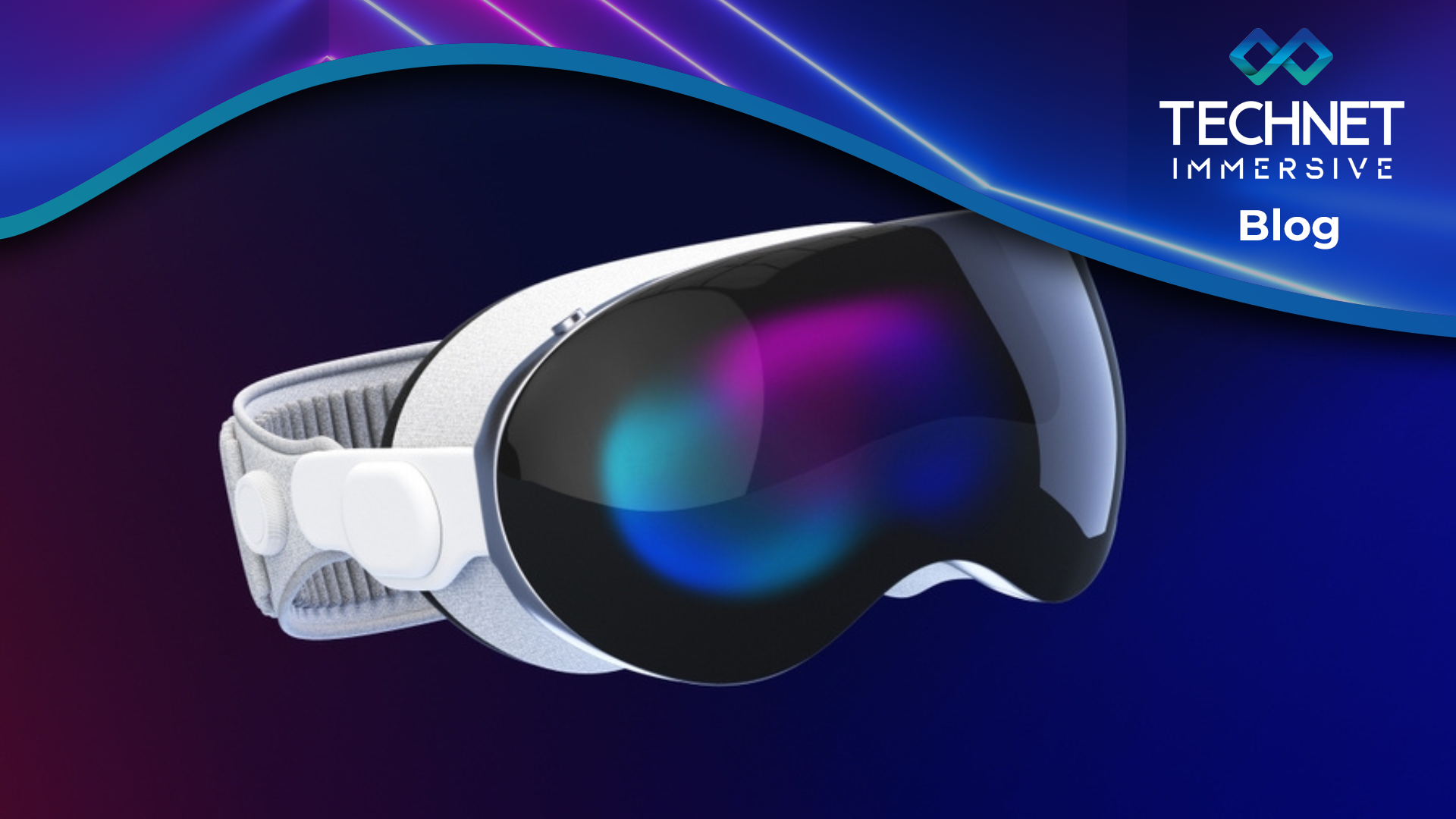
Scientists are able to ‘walk’ inside cells thanks to this new VR software
Researchers at the University of Cambridge and software company Lume VR Ltd. have developed software which has the capability of visualising and analysing super-resolution microscopy data within virtual reality.
The software, vLUME, can be used to study individual protein cells, entire cells and more. It uses clustering algorithms to establish patterns throughout multiple datasets with millions of data points, the findings of which are then permitted through images and/or video.
Developing new treatments for diseases and understanding fundamental problems in biology are just two ways that this revolutionary software could be used to evolve scientific research.
vLUME’s conception began when the university’s researchers and the Lume team met to pool together their expertise in super-resolution microscopy and spatial computing and data analysis, thus creating a new tool for interacting with and exploring complex datasets in virtual reality.
“vLUME is revolutionary imaging software that brings humans into the nanoscale. It allows scientists to visualise, question and interact with 3D biological data, in real-time all within a virtual reality environment, to find answers to biological questions faster. It’s a new tool for new discoveries.” said Alexandra Kitching, CEO of Lume.
The team is using this software to study biological datasets, such as neurons, immune cells or cancer cells, allowing them to segment and view the data, increasing the speed of ruling out certain hypotheses and proposing more accurate ones. All that is needed for researchers to explore, analyse and share this data is VR headset.
Just another example of how science and virtual reality work well together!






